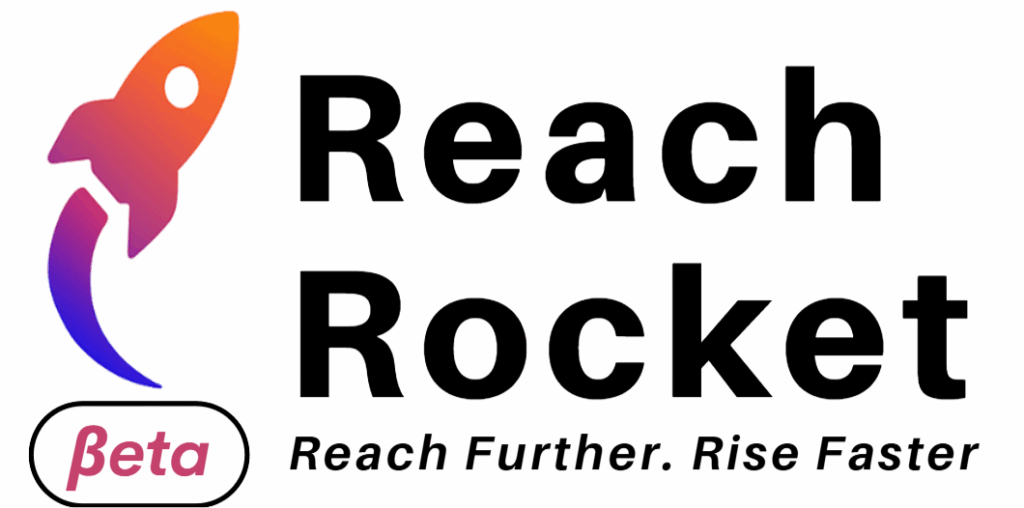GEO Optimization: Mastering AI-Driven Visibility -Cheat Sheet
A Practical Guide from the Team at NimbleWork
Overview
Why We Wrote This
We didn’t just study the shift to AI search. We lived it. At NimbleWork, we had to completely rethink our online presence when it became clear that traditional SEO wouldn’t cut it anymore. As AI-generated answers began replacing blue links and search clicks, we realized the rules of discoverability had changed. To stay relevant, we built our own internal tools to optimize for AI platforms like ChatGPT, Gemini, and Perplexity. The impact was real, measurable, and transformative.
This whitepaper shares our firsthand lessons and introduces the solution we built. We wrote this for digital marketers, content teams, and business leaders who know AI search is reshaping the game, and who are ready to play to win.
From SEO to GEO: A New Search Paradigm
Search engines are no longer gatekeepers of traffic; AI assistants are becoming the primary interpreters of the web. Today’s AI tools generate direct, conversational answers from vast sources, often bypassing traditional links. This phenomenon, known as the Zero-Click Era, is changing everything.
Generative Engine Optimization (GEO) is the discipline of making sure AI tools:
– Understand your content – Cite your brand – Choose your voice to answer user queries
To achieve this, GEO demands a shift in thinking: – From keywords to user intent – From ranking pages to earning AI citations – From basic content to authoritative, structured insight.
Key Drivers of AI Visibility
AI platforms prioritize: – Relevance & Intent Matching: Content must match the user’s underlying question, not just surface keywords. – Depth & Expertise: Detailed, insightful coverage builds topical authority. – Structured Formatting: Clean hierarchy, bullets, schema markup, and scannability. – Trust Signals (E-E-A-T): Expertise, Experience, Authoritativeness, and Trustworthiness matter more than ever. – Freshness: AI engines favor recently updated, timely content. – Voice-Friendly Tone: Conversational, natural language works best for AI assistants.
What We Got Wrong First — and Fixed
Like many, we initially optimized the wrong way. We focused on: – Ranking for generic keywords – Publishing dense, unstructured content – Ignoring schema markup and conversational queries
Here’s what changed when we got it right: – We targeted long-tail queries aligned with real user intent – We introduced FAQs and Q&As into key pages – We restructured our pages for AI readability – We ensured AI crawlers could easily access and index our content – We tracked AI citations, not just organic clicks
Answer Intent, Not Just Keywords
Break Down Content into Pillars & Clusters
Use Schema Markup (FAQ, HowTo, Product)
Write for Natural Language Queries (4+ words)
Build Backlinks from Reputable Sources
Keep Content Updated Quarterly
Add Author Bios & Publication Dates
Allow AI Crawlers in Robots.txt (e.g., GPTBot)
Use Tools to Monitor AI Mentions & Citations
Integrate GEO with Traditional SEO
We turned our hard-won knowledge into an automated solution. Reach Rocket* is a web application for WordPress websites that- Continuously scans your site for GEO readiness – Recommends fixes for structure, markup, and AI compatibility – Tracks visibility across major AI engines – Helps you earn AI citations and mentions over time. It doesn’t replace your SEO strategy. It extends it into the AI era.
You can’t afford to be invisible in AI search.
GEO isn’t a trend. It’s the future of digital discovery. Brands that understand how AI engines work—and prepare their content accordingly—will dominate the next generation of online visibility.
Reach Rocket* is launching soon in the first week of December. Get ready to optimize your content for the AI-driven search era!
Don’t miss out—join the waitlist today!
*GEO Optimizer is now called ReachRocket
kAIron is an Agentic AI platform that helps businesses automate and enhance customer and employee interactions through customizable digital assistants that can be quickly designed, deployed, and optimized in real time.
© 2025 – kAIron – A NimbleWork, Inc. Company


